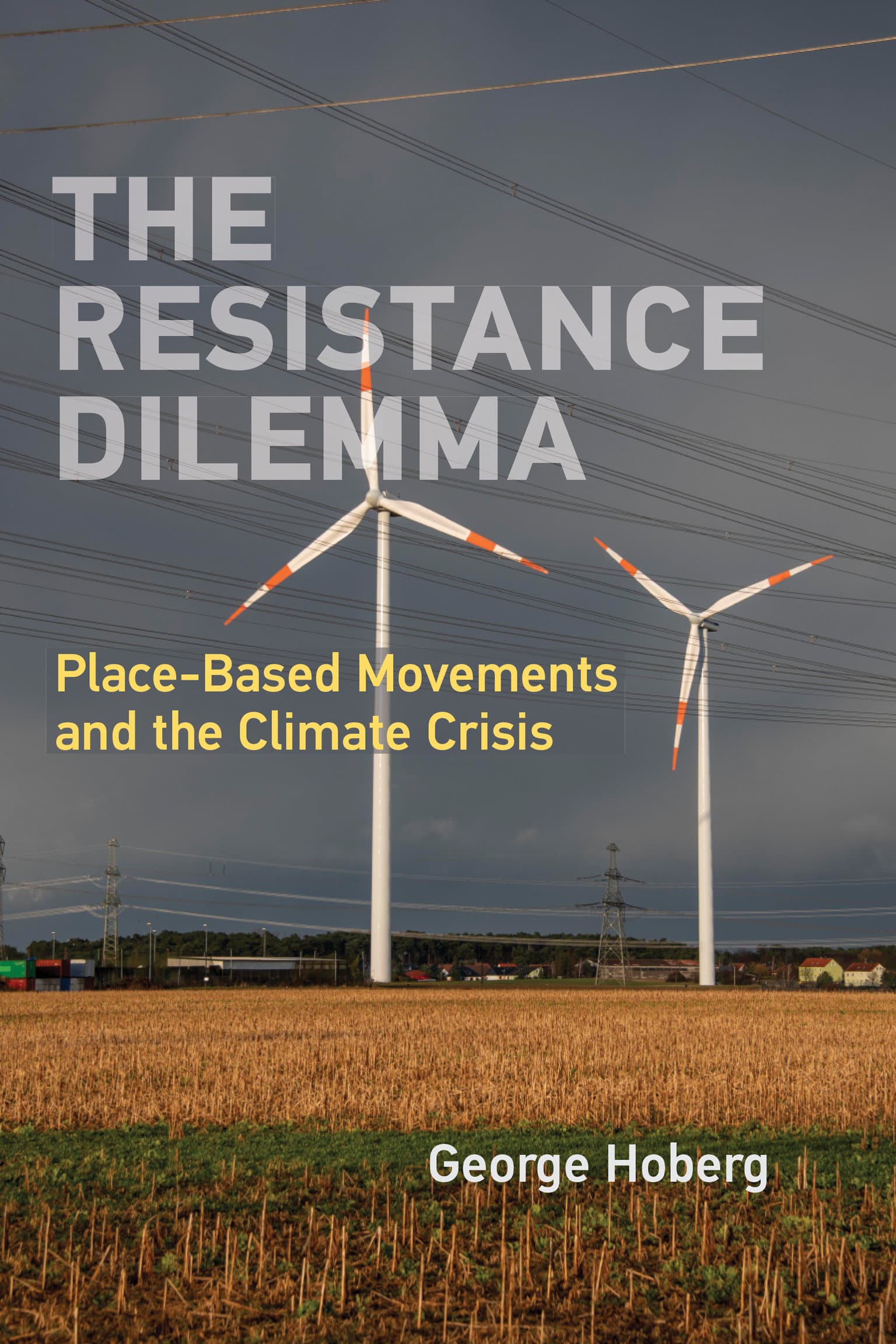The Resistance Dilemma: Place-Based Movements and the Climate Crisis
40.00 JOD
Please allow 2 – 5 weeks for delivery of this item
Description
How organized resistance to new fossil fuel infrastructure became a political force, and how this might affect the transition to renewable energy.Organized resistance to new fossil fuel infrastructure, particularly conflicts over pipelines, has become a formidable political force in North America. In this book, George Hoberg examines whether such place-based environmental movements are effective ways of promoting climate action, if they might inadvertently feed resistance to the development of renewable energy infrastructure, and what other, more innovative processes of decision-making would encourage the acceptance of clean energy systems. Focusing on a series of conflicts over new oil sands pipelines, Hoberg investigates activists’ strategy of blocking fossil fuel infrastructure, often in alliance with Indigenous groups, and examines the political and environmental outcomes of these actions. After discussing the oil sands policy regime and the relevant political institutions in Canada and the United States, Hoberg analyzes in detail four anti-pipeline campaigns, examining the controversies over the Keystone XL, the most well-known of these movements and the first one to use infrastructure resistance as a core strategy; the Northern Gateway pipeline; the Trans Mountain pipeline; and the Energy East pipeline. He then considers the “resistance dilemma”: the potential of place-based activism to threaten the much-needed transition to renewable energy. He examines several episodes of resistance to clean energy infrastructure in eastern Canada and the United States. Finally, Hoberg describes some innovative processes of energy decision-making, including strategic environment assessment, and cumulative impact assessment, looking at cases in British Columbia and Lower Alberta.
Additional information
| Weight | 0.53 kg |
|---|---|
| Dimensions | 2.21 × 14.99 × 4.09 cm |
| by | |
| Format | Paperback |
| Language | |
| Pages | 388 |
| Publisher | |
| Year Published | 2021-8-17 |
| Imprint | |
| Publication City/Country | USA |
| ISBN 10 | 0262543087 |
| About The Author | George Hoberg is Professor at the School of Public Policy and Global Affairs at the University of British Columbia. |
| Other text | “As this important book makes clear, policy makers must engage local populations in meaningful decision-making processes about renewable energy projects if we hope to address the climate crisis.”—Shannon Elizabeth Bell, Associate Professor of Sociology, Virginia Tech; author of Fighting King Coal “While place-based resistance to fossil fuel infrastructure has contributed to climate action, it could also slow down the deployment of clean energy. Essential reading for scholars and practitioners alike.”—Johannes Urpelainen, Professor of Energy, Resources, and Environment, Johns Hopkins School of Advanced International Studies; coauthor of Renewables “As theoretically important as it is empirically rich, The Resistance Dilemma should be read by anyone interested in place-based climate change activism.”—Doug McAdam, Professor of Sociology, Stanford UniversityWinner of the Outstanding Academic Title Award, Choice, 2022Winner of the Donald Smiley Prize, Canadian Political Science Association, 2022 |
| Table Of Content | List of Figures and TablesSeries ForewordPreface1 The Grand Challenge: Mobilizing to Address the Climate CrisisPart I: The Oil Sands Policy Regime2 The Oil Sands Policy Regime: Resource, Markets, and Politics3 The Oil Sands Policy Regime: Ideas, Institutions, and Environmental PoliciesPart II: Pipeline Resistance4 Keystone XL and the Rise of the Anti-Pipeline Movement5 The Northern Gateway Pipeline: The Continental Divide in Energy Politics6 The Trans Mountain Expansion Project: The Politics of Structure7 After Careful Review of Changed Circumstances: The Demise of Energy East (with Xavier Deschênes-Philion)8 The Impact of Pipeline ResistancePart III: The Resistance Dilemma9 The Site C Dam and the Political Barriers to Renewable Energy10 How Resistance to Renewable Energy Infrastructure Might Frustrate Climate SolutionsPart IV: Can Innovative Processes Avoid Paralysis?11 Overcoming Place-Based Resistance to Renewable Energy Infrastructure12 ConclusionsNotesBibliographyIndex |
| Series |
Only logged in customers who have purchased this product may leave a review.






Reviews
There are no reviews yet.